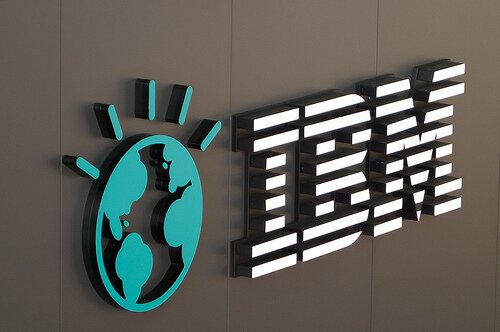
CC image courtesy of Patrick H~ on Flickr
Computer firm IBM has completed a programming architecture for cognitive computer chips, enabling a structure for the design of applications.
Developed two years ago, the chip was inspired by human neural architecture as part of the SyNAPSE project, which aims to manage tasks like a human brain.
Dharmenda S.Modha, project leader, said a new architecture with upgraded language has been developed as a new programming model for the utilisation of the chip, as revealed today (Thursday).
Containing processors as neurons, memory consisting out of 256 axons and 64,000 synapses representing communicative networks between neurons and axons, IBM aspires to build a cognitive computer scaled to 100 trillion synapses.
Constructed around corelets (object-orientated abstraction of each neurosynaptic core), the language consists of 256 outputs and 256 inputs to be utilized on real cognitive computers.
“Our architecture is like a bunch of LEGO blocks with different features. Each corelet has a different function, then you can compose them together,” Modha said.
Now open to application developments of pattern recognition and data sifting, the cognitive computer offers a reality traditional computers fail to accomplish.
According to Modha, modern computers have strengths in analytics and number crunching which can be associated with left brain abilities, while the SyNAPSE computer has skills associated with the human’s right side of the brain.
Although not a replacement for the brain or the modern computer, the architecture is inspired by human physiology to function in a way PCs struggle to.
“We can’t build a brain, but the world is being populated every day with data. What we want to do is to make sense of that data and extract value from it, while staying true to what can be build on silicon,” he said.
He continued: “We believe that we’ve found the best architecture to do that in terms of power, speed and volume to get as close as we can to the brain while remaining feasible.”
Wearable gear-based apps for enhancing vision and chip-operated search and rescue robots for finding injured people are some of the possibilities the new development can enable, though the possibilities are said to be endless.
HumanIPO reported earlier this year on the ambition of a South African scientist to build a replica of the human brain.


















